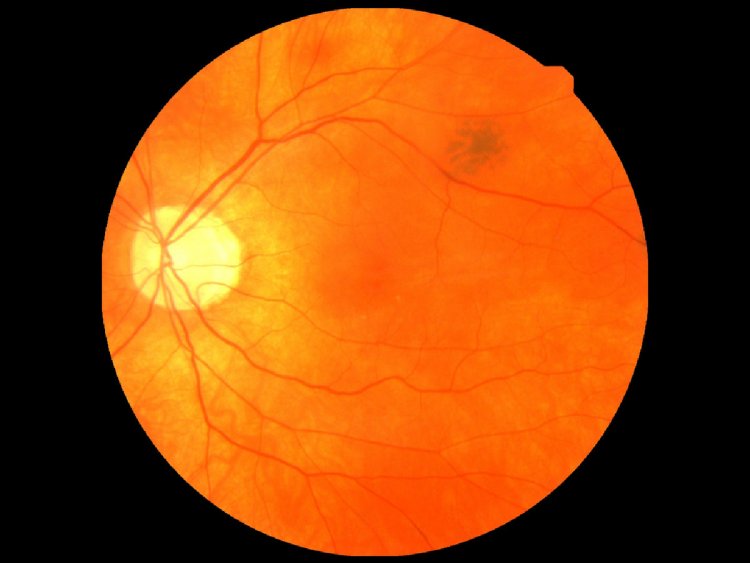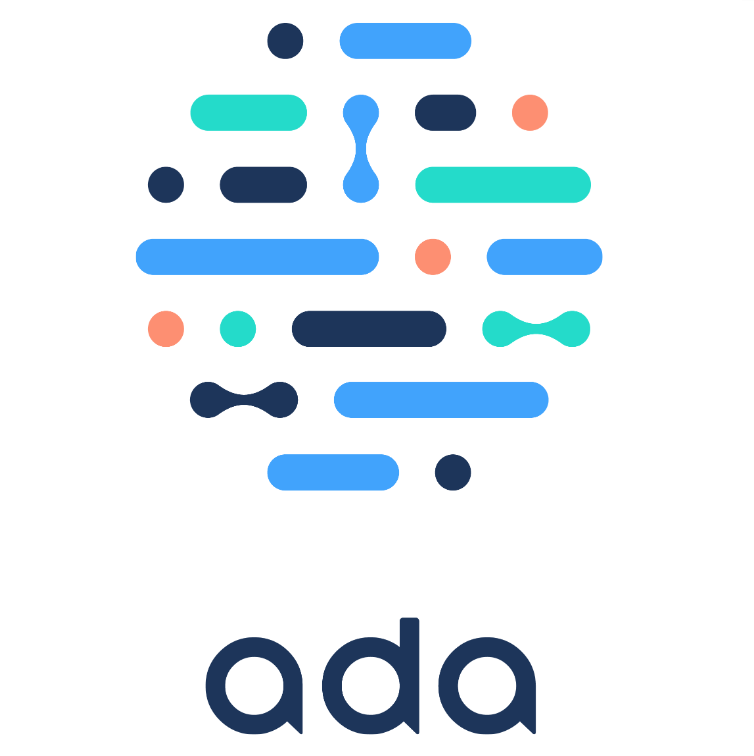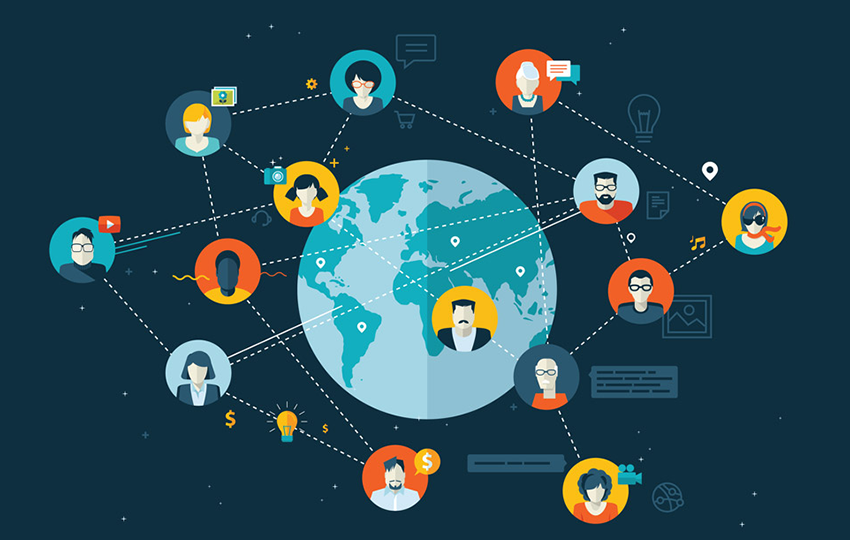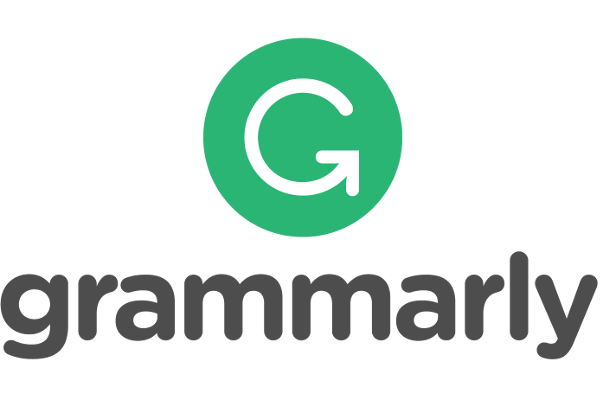We’re approaching 2023. We can fly across the world in a matter of hours. We can communicate in real-time with anyone, anywhere on Earth. And now, we can make anyone sound like a white American.
As wild as it may seem, that is exactly what Sanas’ AI development does – the algorithm takes anyone’s voice as an input, and (with minimal delay) puts out a slightly robotic voice of the ‘standard’ English speaker – colloquially known as a white, educated U.S. citizen’s voice.
Why would anyone even use it?
As usual, the answer is money.
Sanas was designed to help in offshoring call-centers. It is twice as cheap to hire a worker from countries like Pakistan or India as it is to hire them from in the United States.[1] The company operates on the assumption that all the callers must do is read a script and carefully follow sales/customer handling instructions.
Sanas’ president Marty Sarim stated that ‘We don’t want to say that accents are a problem because you have one, they’re only a problem because they cause bias and they cause misunderstandings.’[2] Nevertheless, the company has been flooded with accusations of perpetuating racial stereotypes and reinforcing racial bias.
For one, Nakeema Stefflbauer (AI and tech angel investor, CEO of women-led computer programming group FrauenLoop) described Sanas’ mission as a form of ‘digital whitening.’[3] She believes that the company doesn’t emphasize comprehension as much as it emphasizes comfort – for those who do not want to understand, empathize, or acknowledge individuals of different backgrounds, and, as a result, with different accents.
There has also been outrage among the company’s target group: Mia Shah-Dand (the founder of Women in AI Ethics; an immigrant from India with a non-American accent) found the company’s goal ‘very triggering’. She slammed Sanas for trying to discard people’s uniqueness and for propagating the message that they’re ‘not good enough’.3

source: https://edition.cnn.com/2021/12/19/us/sanas-accent-translation-cec/index.html
Naturally, Sanas’ board and founders have addressed these claims:
90% of their employees, and all 4 of the founders are immigrants.1 Additionally, two of the board members – Massih Sarimad and Sharath Keysheva Narayana – have previously worked in call centers and witnessed racial abuse in the workplace first handedly.[4]
Sanas’ product is allegedly designed to be operated only by the call center worker – so that only they can switch the program on or off and have full autonomy in deciding whether they want their accent to be translated. While this seems like a rational idea, it is highly unlikely that it would actually be implemented – after all, call centers are very formalized structures with specific instructions. Thus, it is doubtful that managers would opt for their workers to have such high degree of ‘freedom’.
So far, Sanas has raised over 37 million USD in investments,[5] and has ambitious plans. Their aim is to introduce many more accents into their technology, to allow for seamless communication, as if everyone were your local. The company also plans for expansion into the entertainment industry – Maxim Serebryakov (the CEO of Sanas) said that “There are also creative use cases such as those in entertainment and media where producers can make their films and programs understandable in different parts of the world by matching accents to localities”.
So, what’s the verdict?
Personally, I don’t believe that Sanas’ operations are inherently racist – though it might seem quite questionable at first. Considering the fact that most members of their team are immigrant, they are the ones to truly understand the pain of being racially discriminated against for their accents or appearance. If this is a solution that will allow for the reduction of racist incidents and decrease of stress among call center employees, then so be it. It is worth noting that things can turn upside down quickly, should Sanas enable an option for call center managers to force the usage of this technology on their employees.
Should things pan out the way Maxim Serebryakov and the rest of the board say, Sanas could be a powerful tool for mitigating racist remarks and for optimizing costs and performance of call center outsourcing. The only way to find out is to wait and see.
Would you be interested in trying Sanas? Do you think having an American/standard English accent on online calls and meetings would help you in your career?
Until next time,
Jan
[1] https://www.worldwidecallcenters.com/call-center-pricing/
[2] https://www.sfgate.com/news/article/sanas-startup-creates-american-voice-17382771.php
[3] https://www.insider.com/ai-startup-sanas-accent-translation-technology-call-center-racism-2022-9
[4] https://spidersweb.pl/2022/10/sanas-startup-hindusi-call-center.html
[5] https://www.crunchbase.com/organization/sanas









